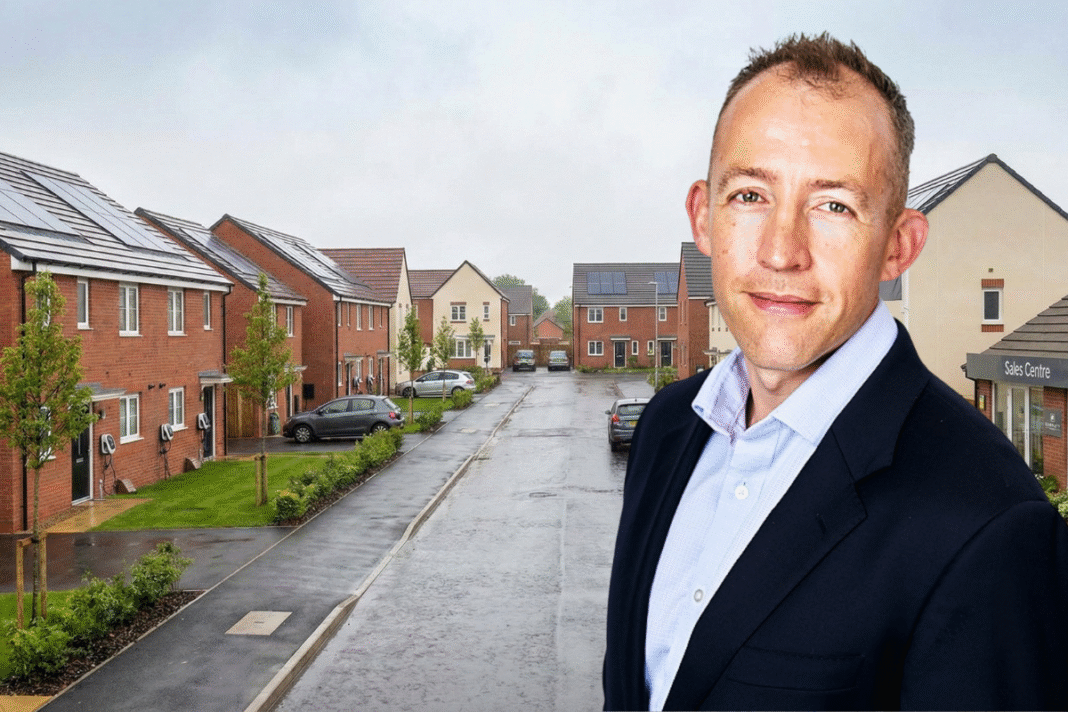The Autumn Budget arrives at a moment when development activity is at its weakest in over a decade.
The market has been drifting, buyers and sellers are waiting to see what the Chancellor announces, and planning applications and permission are at their lowest levels since 2012.
We are expecting the Budget to bring some big property tax changes, which may include a new national property tax for homes over £500k; removal of CGT exemptions on high-value primary residences; National Insurance on rental income; stamp duty reform and an overhaul of the 1991 council tax bands.
These measures would represent one of the largest shifts in property taxation in decades. However, what the development industry needs is simple.
PLANNING INVESTMENT
A commitment to investing in our local planning authorities. We need a planning system that’s fully staffed and properly funded to deliver the 1.5 million homes.
No new development focused taxes. Raising tax on property risks worsening an already fragile market.
Clarity on development viability. If new taxes are introduced, they must be offset by realistic expectations on CIL and s106 contributions from development.
Stability over speculation. For the past three months the development industry has been dealing with constant speculation and uncertainty about what the Chancellor might do in the Autumn Budget around taxes. Delaying the budget has impacted sales, land deals and planning activity, which has depressed activity. The Budget must restore confidence and encourage investment in our towns and cities.
STABILITY AND CONFIDENCE
Right now, delays, higher costs and mixed messages are just as big a block to delivering new homes than planning policy or local authority resourcing.
If the Government wants more homes to be built, it has to give the industry stability and confidence. Stability in tax policy, combined with increased investment in employing more planners, is the foundation for growth. Without it, the 1.5m homes target moves further out of reach.
Affordable housing needs practical support, not unrealistic expectations
Affordable housing delivering is struggling. Across the country, development sites are stalling, and many housing associations are having to step back from buying s106 affordable homes because their costs have risen so much.
The ‘Making Social Rent Homes Viable’ report says that nearly £19bn a year is needed to build the number of social rent homes people actually need, which far exceeds current programmes.
The Autumn Budget is likely to touch on affordable housing, but with the fiscal gap widening, we do not expect large new funding commitments from Government.
We may see money being shifted around within the affordable housing programme, but realistically there won’t be a big pot of new funding.
“What the affordable housing system needs is simple.”
However, what the affordable housing system needs is simple.
A short term mechanism to unlock stalled Section 106 homes. Many developments are paused because housing associations cannot afford to take on the affordable homes. Allowing funding for Homes England to step in temporarily might keep some of these schemes moving.
Flexibility in planning obligations. Councils should be required to revisit tenure mix when affordable providers cannot take on certain homes. The current rigid approach risks letting sites stall.
Provide support for alternative affordable tenures in weaker markets. In areas where sales are slow, intermediate products (such as London Living Rent-style models) could help build up momentum.
Right now, the biggest threat to affordable housing delivery is not planning policy but financial pressure.
If the Government wants more homes built, a practical approach in the Budget would keep more sites building and protect the delivery of both affordable and market homes.










